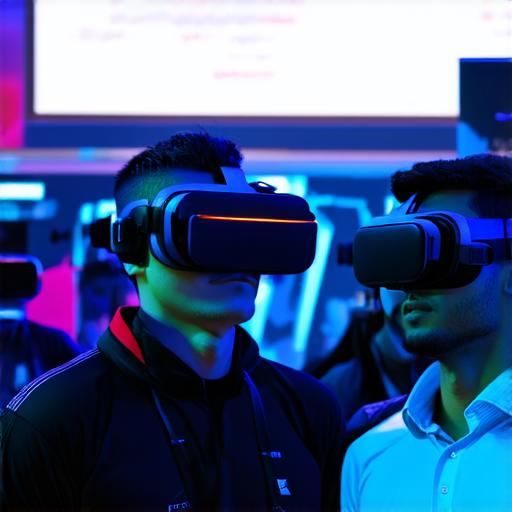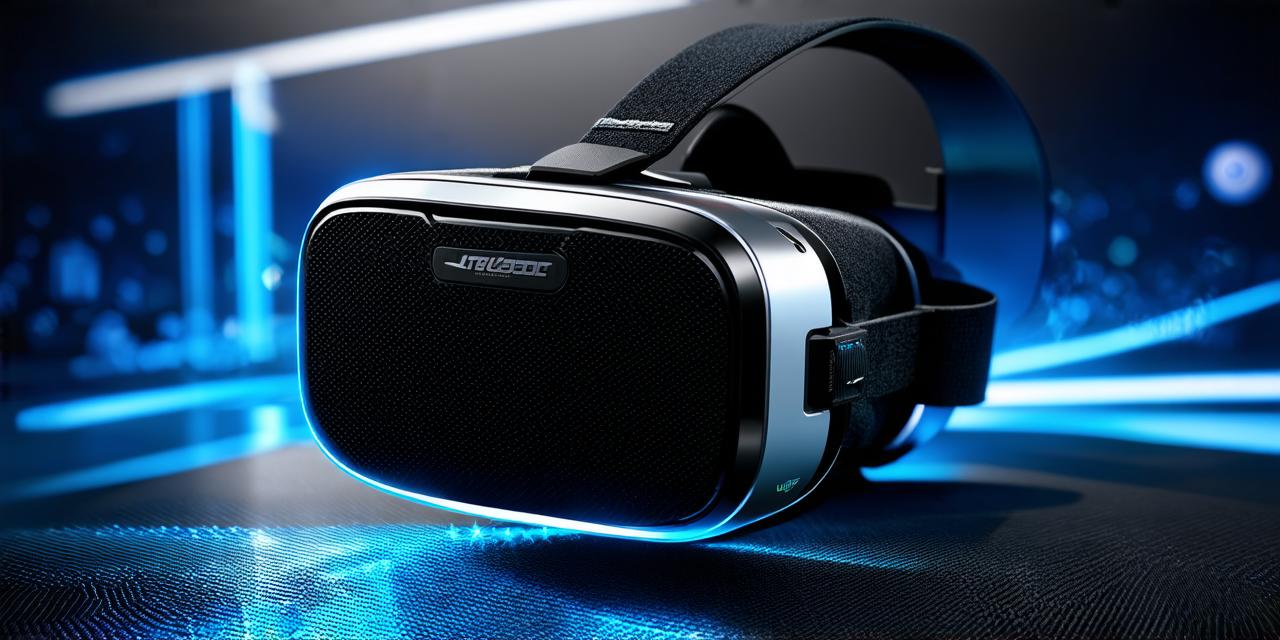Virtual Reality Gaming: A New Frontier for Entertainment
One of the most popular uses for VR technology is in gaming. With VR, gamers can enter a fully immersive game environment that responds to their movements and actions. This allows for an unprecedented level of interaction between the player and the game world.
The Oculus Rift and HTC Vive are two of the most popular VR gaming systems on the market. These devices use sensors and cameras to track the user’s movements, allowing them to interact with virtual objects in a way that feels as if they were real.
For example, users can reach out and grab virtual objects or swing a sword at an enemy in a game.
Virtual Reality Healthcare: Improving Patient Outcomes
Virtual reality technology is also being used in healthcare to improve patient outcomes. VR therapy has been shown to be effective in treating a variety of conditions, including anxiety, depression, and PTSD. It can also be used to simulate medical procedures, allowing doctors and nurses to practice and perfect their skills in a safe environment.
One example of this is the use of VR therapy for patients with phobias. In these sessions, patients are exposed to virtual environments that trigger their anxiety, allowing them to confront and overcome their fears in a controlled setting. This type of therapy has been shown to be effective in reducing anxiety levels and improving overall well-being.
Virtual Reality Tourism: Exploring the World from Home
Virtual reality technology is also being used in tourism to allow people to explore the world without having to leave their homes. With VR, users can take virtual tours of museums, art galleries, and historical sites, providing an immersive experience that allows them to see and learn about these places as if they were really there.
One example of this is the use of Google Street View. This service uses a combination of street-level photography and 360-degree imagery to allow users to explore different parts of the world in a virtual setting. Users can walk through virtual streets, view buildings and landmarks, and even see inside shops and restaurants.
Virtual Reality Education: Enhancing Learning Through Immersive Environments
Virtual reality technology is also being used in education to enhance learning through immersive environments. With VR, students can explore complex concepts in a way that allows them to better understand the material.
One example of this is the use of VR simulations in science and engineering courses. For example, students can use VR to simulate the experience of building a bridge or designing an aircraft, allowing them to test different designs and see how they respond to different environmental factors. This type of learning has been shown to be effective in improving student outcomes and engagement.
The Future of Virtual Reality Technology: Endless Possibilities
Virtual reality technology is still in its early stages, and the potential applications are virtually endless. As the technology continues to improve and become more accessible, we can expect to see even more innovative uses for VR in a variety of industries.
One area where VR technology is expected to have a significant impact is in the field of healthcare. For example, VR therapy has been shown to be effective in treating conditions such as PTSD, and it may also be used to simulate medical procedures and improve surgical outcomes.
Another area where VR technology is likely to make a big impact is in the field of education. With VR, students can explore complex concepts in a way that allows them to better understand the material. This could lead to more effective learning and better student outcomes.
Virtual reality technology may also have a significant impact on the world of entertainment. For example, it may be used to create more immersive gaming experiences or to allow people to attend concerts and other live events from the comfort of their homes.
FAQs: Frequently Asked Questions About Virtual Reality Technology
1. What is virtual reality technology?
Virtual reality technology allows users to experience a computer-generated environment in a way that simulates real life. Users can interact with digital objects and environments as if they were physical objects, providing endless possibilities for entertainment, education, and more.
2. What are some popular applications of VR technology?

Some popular applications of VR technology include gaming, healthcare, tourism, and education. VR technology is also being used in a variety of other industries, including real estate, marketing, and more.
3. How does VR technology work?
VR technology uses sensors and cameras to track the user’s movements, allowing them to interact with virtual objects in a way that feels as if they were real. This allows for an unprecedented level of interaction between the player and the game world.
4. What are some potential future applications of VR technology?
Some potential future applications of VR technology include further advancements in healthcare, education, entertainment, and more. The possibilities are virtually endless as the technology continues to improve and become more accessible.
